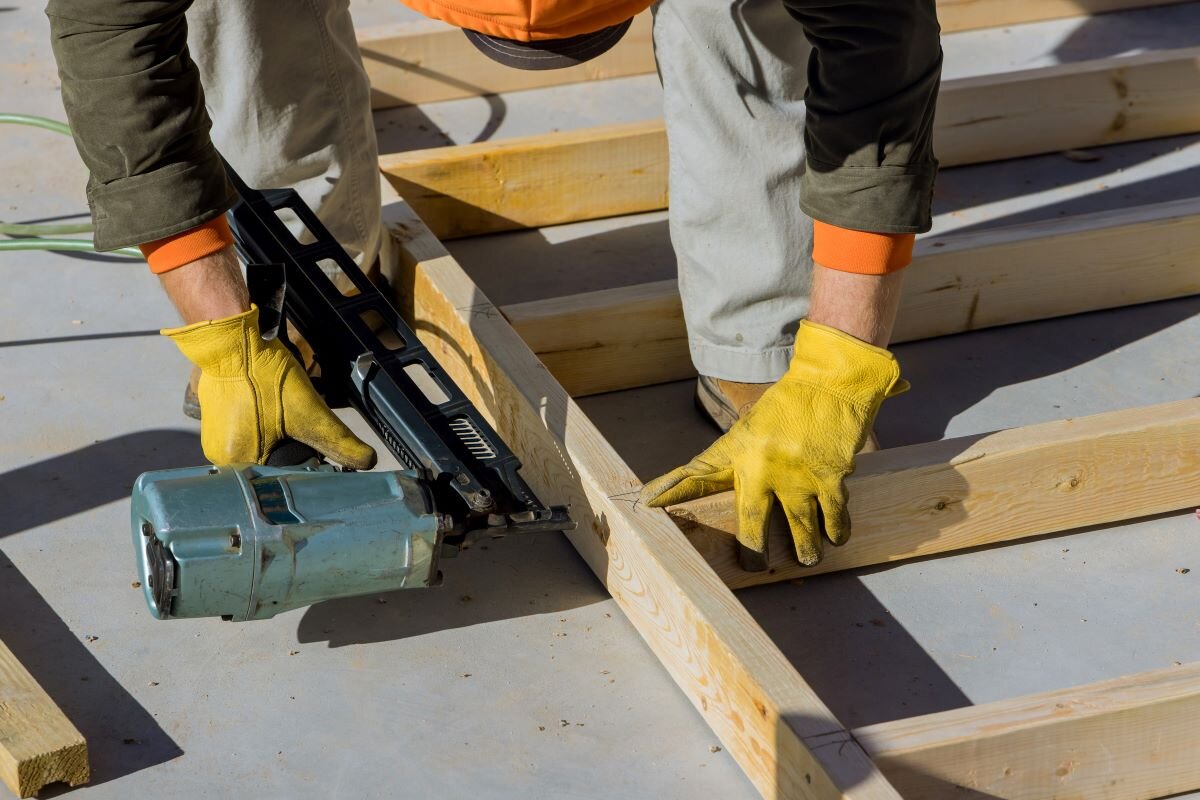Accelerating the decarbonisation of the built environment is a pre-requisite to achieving the EU’s climate neutrality goals by 2050. This imperative is being increasingly recognised. Two main strategies have been identified: more efficient use of energy and higher share of renewables. Yet, these policy measures don’t address the full picture. Emissions embodied in a building’s materials typically constitute 20-25 percent of total greenhouse gas emissions across its life-cycle – this rises to 50 percent or more for highly efficient buildings. The missing piece of the puzzle can be addressed with the implementation of circularity principles.
A necessary complementary approach
The construction sector uses about 50 percent of all extracted materials and generates over 35 percent of the EU’s waste. Globally, floor space is expected to double. The International Energy Agency estimates that by 2070, the equivalent of the city of Paris will be built every week. A tenth of global energy-related CO2 emissions comes from the manufacture of construction materials. That’s when the circularity principles come into play.
A circular approach minimises the input of resources. Applied to the built environment, this translates into reducing new construction whenever possible. As the saying goes, “the greenest building is the one that already exists”. Reusing or repurposing an existing structure and upgrading its energy efficiency is almost always a lower-carbon option than demolishing and rebuilding. And when it comes to new buildings, circularity is integrated by rethinking design to use fewer materials and facilitate their reuse at the end of a building’s life.
More than half of Europe’s construction materials are used for maintenance and renovation. Therefore a policy push to increase renovation, circularity principles must also be applied at the level of construction materials. How can we drive this forward?
Change the incentive system
Up to 70 percent of emissions associated with buildings can be reduced using recycled instead of virgin construction materials. The EU’s Circular Economy Action Plan can facilitate the uptake of secondary raw materials. And there are practical steps that can be taken to foster adoption of local and low-carbon materials. These include financial frameworks, procurement and regulatory standards. Hamburg has taken up this opportunity and created a market by subsidising wood – sourced well, it is a sustainable construction material that stores carbon. Now the mass timber capital of Europe, Hamburg has demonstrated that cities can be a catalyst for the promotion of circularity in buildings. Municipalities have many options to set the conditions to enable a circular built environment, from procurement to regulations. For instance, planning application processing could be faster for projects complying with circular criteria. To ensure effective implementation, building capacity in the relevant authorities should accompany any change to planning procedures or legislation.
Just by applying circularity principles, embodied emissions can be reduced. There is no need for well-developed methodologies and reporting to start acting on it. However, to fully tap into the potential of circularity, better information collection and disclosure is needed.
Data transparency
Use of performance metrics is key to judge whether circularity principles are respected. There are already positive but insufficient steps in this direction as part of EU legislation. For example, the proposed revision of the Energy Performance of Buildings directive uses Level(s) as the methodology to inform whole-life carbon impact of buildings, and it includes circularity indicators. It is however limited to large new builds. Another lever central for the sector is the Construction Product Regulation (CPR), with a revision due at the end of the month. It has the potential to set mandatory disclosure requirements on emissions embodied in construction materials and drive market readiness for low-carbon and circular materials in the short-term.
At this stage it is unclear whether requirements will be included. Countries like France or Sweden, who are already championing the reduction of embodied carbon in national legislation, are in a good position to push for measures at the EU level.
Integrating circularity principles in buildings-related policies addresses embodied carbon immediately and will vastly increase the effectiveness of buildings decarbonisation in the long run. In addition, this can act as a powerful demand-driver for sustainable construction materials, bringing with it considerable trade opportunities – for a cleaner world that is still very much under construction.
This blog is part of a blog series:



